Anti-vax myths have been around for centuries—at least since British doctor Edward Jenner developed the smallpox vaccine in the 1790s. And they persist even into our so-called scientific era: Following a 30 percent rise in worldwide measles outbreaks, in 2019 the World Health Organization (WHO) named the anti-vaccine movement among the worst health threats facing humanity.
Steps are being taken to halt the spread of anti-vax misinformation: In February 2019, Pinterest updated its search function so that vaccination keywords could no longer return any results and YouTube confirmed it was pulling ads from channels that promote anti-vaccination rhetoric. Meanwhile, health experts have called on Facebook to shut down its many anti-vax pages, which have been viewed millions of times.
To help cut through the noise, we examine the origins of nine of the most prominent anti-vaccine claims and uncover whether there's scientific evidence supporting them.
1. Vaccinations cause autism.

Where the myth comes from: One of the most prominent claims of anti-vaxxers is that vaccines are linked to autism: A child on the autistic spectrum can be diagnosed as young as 12 to 18 months—around the same time the measles, mumps and rubella (MMR) vaccine is administered—leading some parents to assume a causal relationship. Most prominently, British gastroenterologist Andrew Wakefield published a shocking study in The Lancet in 1998 linking the MMR vaccine to autism and bowel disease.
The link between autism and vaccines is repeated often, including by celebrities like Jenny McCarthy, who told Oprah in 2007 that vaccines triggered her son's autism, and President Donald Trump, who claimed in 2015 that after getting vaccinated, a child "got a tremendous fever, got very, very sick, [and] now is autistic." A 2015 Pew poll found that one in ten parents believe the MMR vaccine is unsafe.
The facts: In 2004, the Sunday Times reported on financial conflicts of interest by Wakefield, who was allegedly planning to launch a company that would profit from the boom in medical tests and lawsuits that would follow his report. After it appeared his research was fraudulent Wakefield's co-authors withdrew their support and his stuy was retracted by The Lancet. "The statements in the paper were utterly false," editor Richard Horton told The Guardian, "I feel I was deceived."
In 2009, a British administrative court ruled that "there is now no respectable body of opinion which supports the hypothesis, that MMR vaccine and autism and enterocolitis [a devastating intestinal disease affecting premature infants] are causally linked." Wakefield's medical license was revoked a year later.
2. Vaccines don't really work.
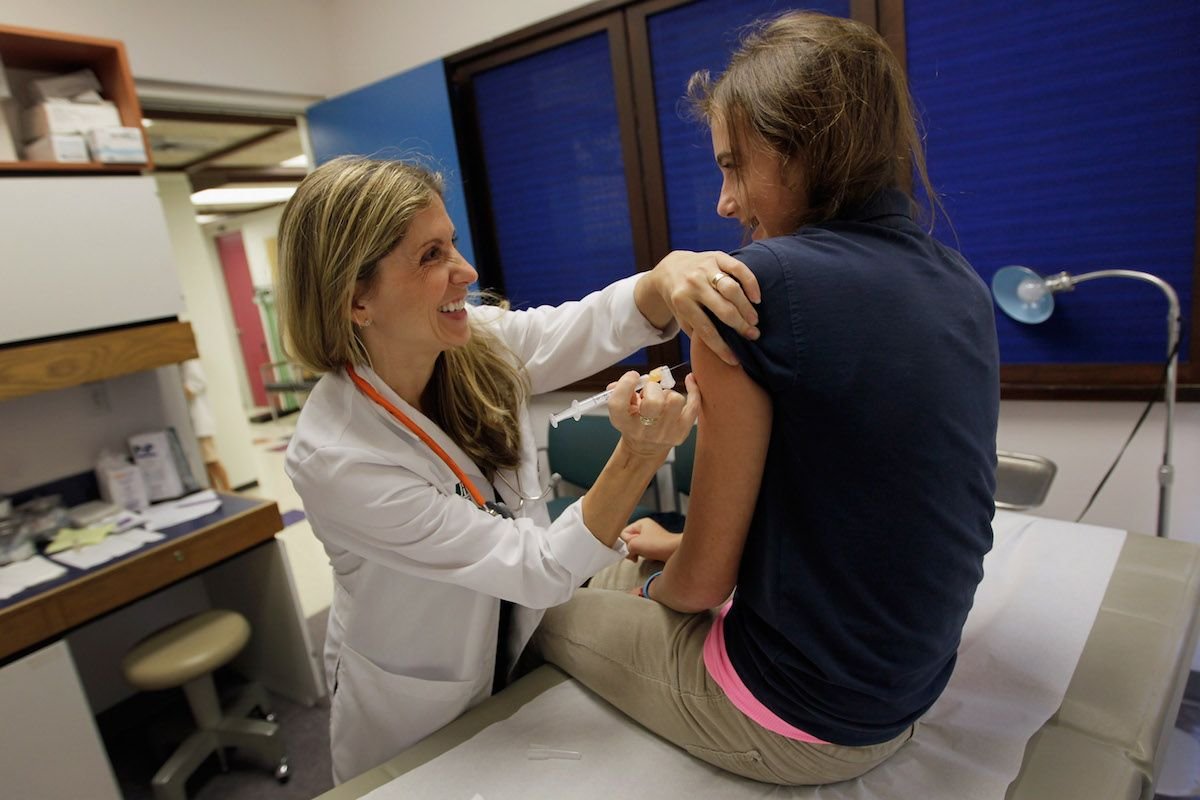
Where the myth comes from: Some vaccine skeptics maintain there's no guarantee a vaccination will prevent against disease. People who are vaccinated still contract the virus, sometimes more of them than unvaccinated people. The facts: No medical treatment is 100 percent effective, and that's true of vaccines, too: The flu vaccine is on the lower end of effectiveness—it will probably only immunize you against the flu about half the time. But two doses of the measles vaccine have a 99 percent efficacy rate.
Because vaccinated people greatly outnumber unvaccinated people in the U.S., the small minority of vaccinated Americans who contract a disease during an outbreak can outnumber the total number of unvaccinated people: Imagine 1,000 fully vaccinated people and five unvaccinated people are all exposed to measles. Even if just one percent of the vaccinated people fall ill, that's still more than all the unvaccinated people combined. And even if all the unvaccinated people caught the measles, the majority of victims were vaccinated. That statistic, used in isolation, has been used to "prove" that vaccines are useless. Of course, it doesn't take into account the 988 vaccinated people who were exposed to, but didn't catch, the measles.
3. Vaccines contain toxins.

Where the myth comes from: In addition to a version of the virus its fighting against, a vaccine usually contains preservatives and other chemicals that keep it stable. Thiomersal, a preservative historically used in tetanus and diptheria vaccines, contains trace amounts of mercury. And adjuvants, which help the immune system respond to a vaccine, often have aluminium in them. This has led vaccine sceptics to claim vaccines are filled with toxic substances.
"California Gov says yes to poisoning more children with mercury and aluminum in manditory [sic] vaccines," actor Jim Carrey tweeted in 2015. "This corporate fascist must be stopped."
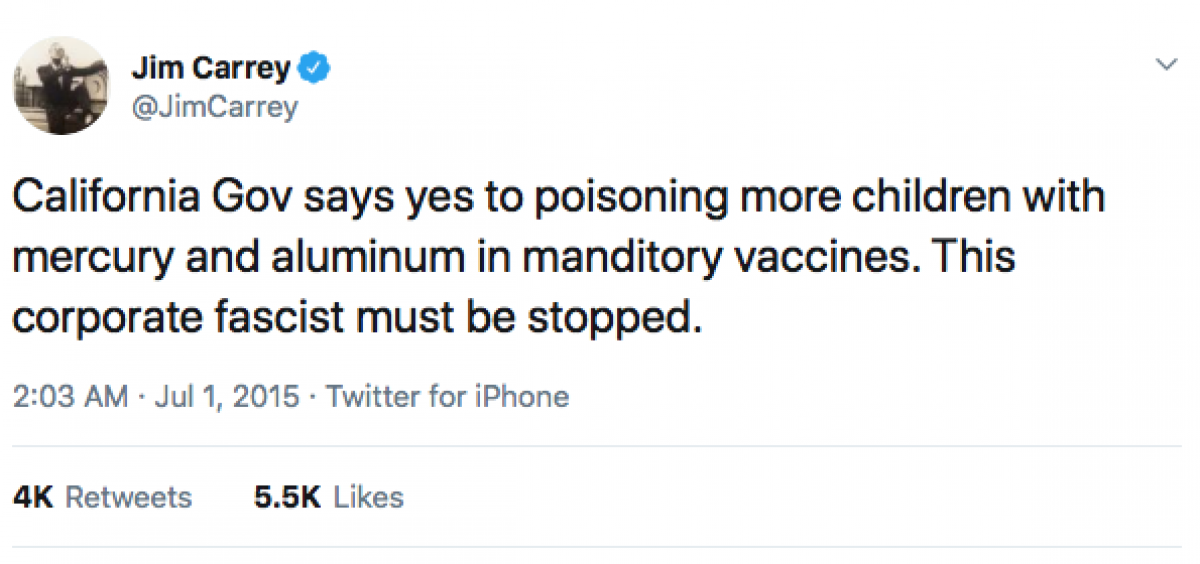
His tweet, which is still up, has received thousands of likes.
The facts: The level of mercury or aluminum used in any vaccine is too low to pose any danger beyond a mild allergic reaction like redness at the injection site. In 2012, the WHO's Global Advisory Committee on Vaccine Safety (GACVS) found that mercury levels in babies' blood returned to baseline levels a month after vaccination. Even with culmative vaccines, the GACVS determined, mercury amounts never reached toxic levels. It found that studies linking thiomersal to neurodevelopmental disorders were "fraught with methodological flaws." Two years later, an Australian study of more than a million children also found no link between thiomersal in vaccines and autism.
4. Vaccines can overwhelm a baby's immune system.
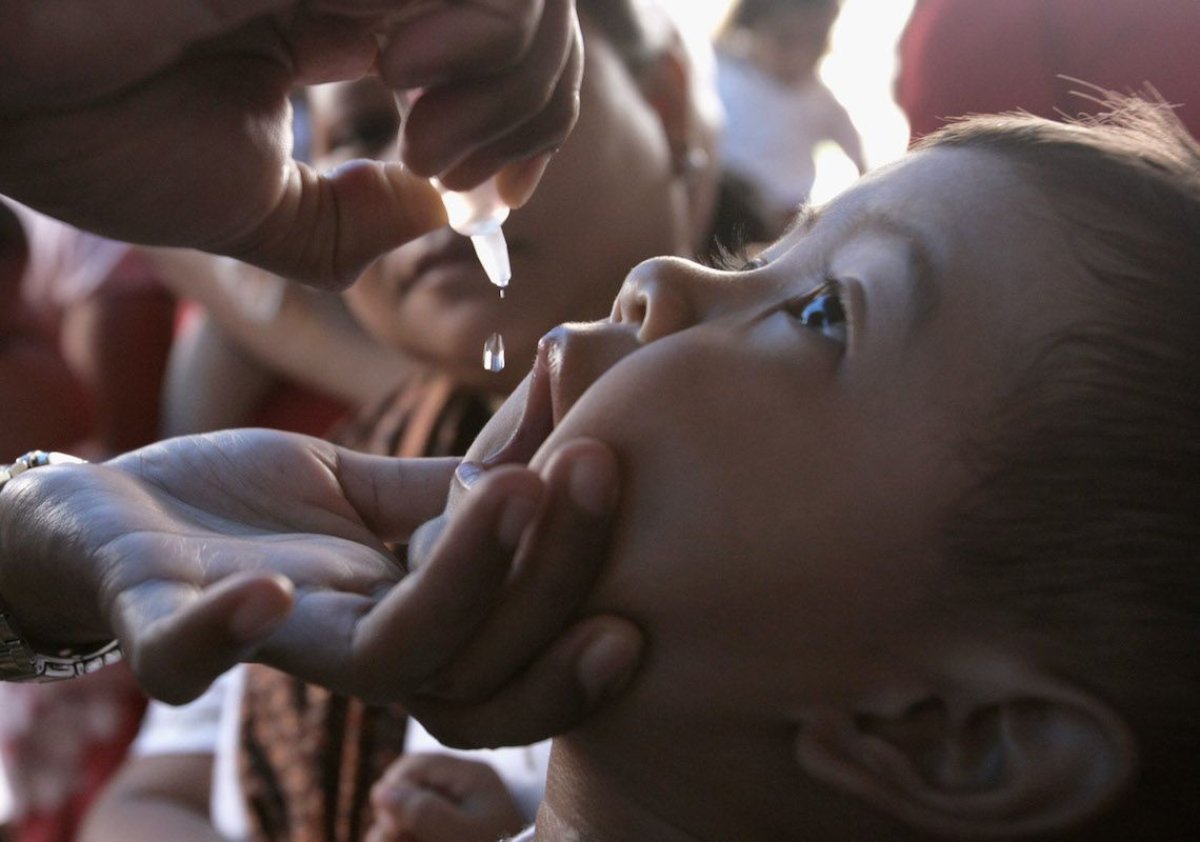
Where the myth comes from: Some anti-vaxxers claim that vaccinations cause specialized immune cells in your brain to activate. Too many vaccinations over a short period of time can over-stimulate these cells, causing them to release toxins that lead to brain damage.
The facts: Only a tiny fraction of a baby's immune system is activated by vaccines. "Children are exposed to more antigens from a common cold than they are from vaccines," says WHO's Flavia Bustreo. "Giving several vaccines at the same time has no negative effect on a child's immune system. It reduces discomfort for the child, and saves time and money."
In addition, children are given vaccinations at a young age because that's when they are most vulnerable to disease. Postponing or refusing vaccinations can have disastrous consequences.
5. Natural immunity is safer than vaccine-acquired immunity.
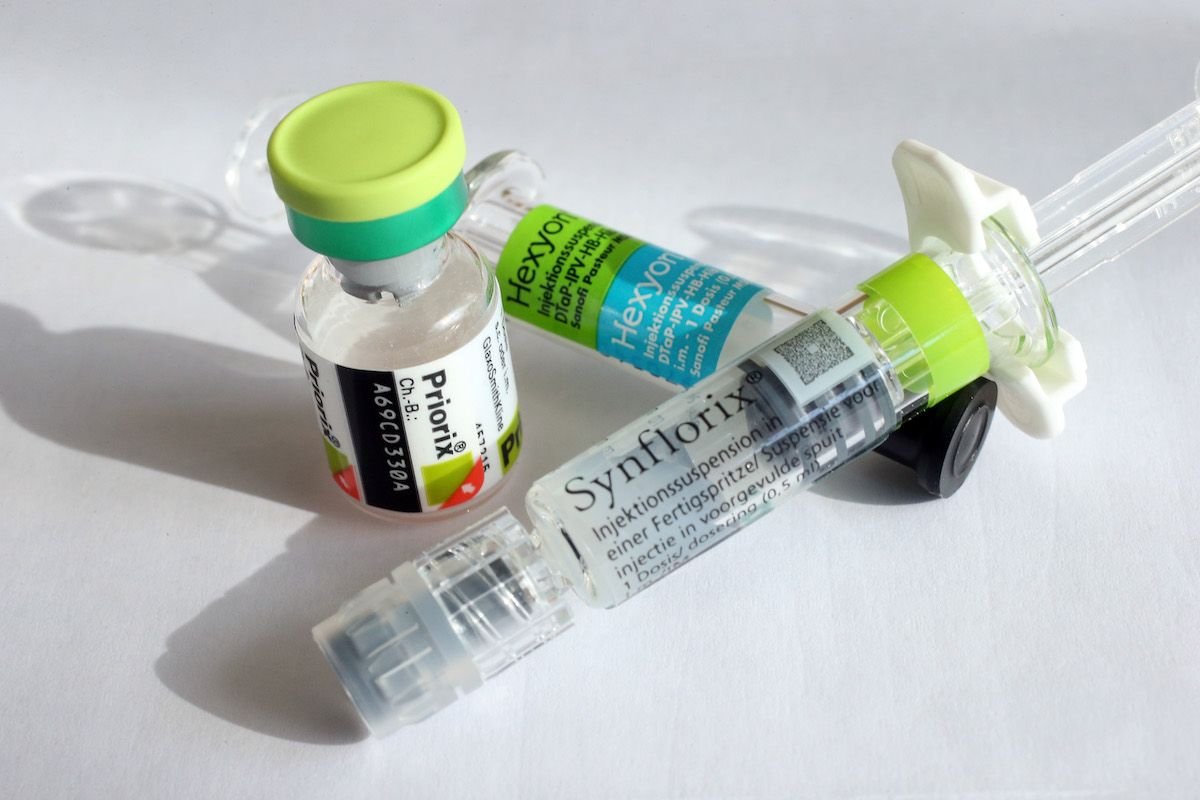
Where the myth comes from: Catching a disease can leave people with more effective immunity than a vaccination.
In February 2019, White House communications chief Bill Shine's wife, Darla, tweeted: "I had the #Measles #Mumps #ChickenPox as a child and so did every kid I knew - Sadly my kids had #MMR so they will never have the life long natural immunity I have."
The facts: Yes, gaining immunity by surviving a disease is a more effective barrier to later reinfection. But the disease is invariably more painful—and potentially more lethal—than any vaccine, which can cause mild side effects, like a slight fever or soreness at the injection site. But the side effects of diseases like polio and diptheria can include breathing problems, paralysis, heart failure, and even death.
An ounce of prevention is worth a pound of cure: The odds of dying from the measles are one in 500. The odds of having a fatal allergic reaction to the MMR vaccine are one in a million.
6. There are effective natural and homeopathic alternatives to vaccines

Where the myth comes from: In 2017, a former naturopathic doctor told The Atlantic she met a naturopath who suggested elderberry syrup could substitute for the flu vaccine.
Some homeopaths offer alternatives to conventional vaccines: Called "nosodes," they contain infected biological matter—usually tissue, blood or nasal discharge—that has been diluted dozens of times over with either distilled water or alcohol. Nosodes for human use are available for everything from smallpox to Anthrax, at either 30 or 200 dilution.
The facts: There's no scientific evidence that homeopathic vaccines are in any way effective. The extreme dillution means there are basically no molecules of the infected matter still present in the substance. That's probably a good thing, but parents who eschew vaccines in favor of ineffective homepathic remedies leave their children open to deadly diseases.
7. Good nutrition and hygiene will protect you from most viruses.
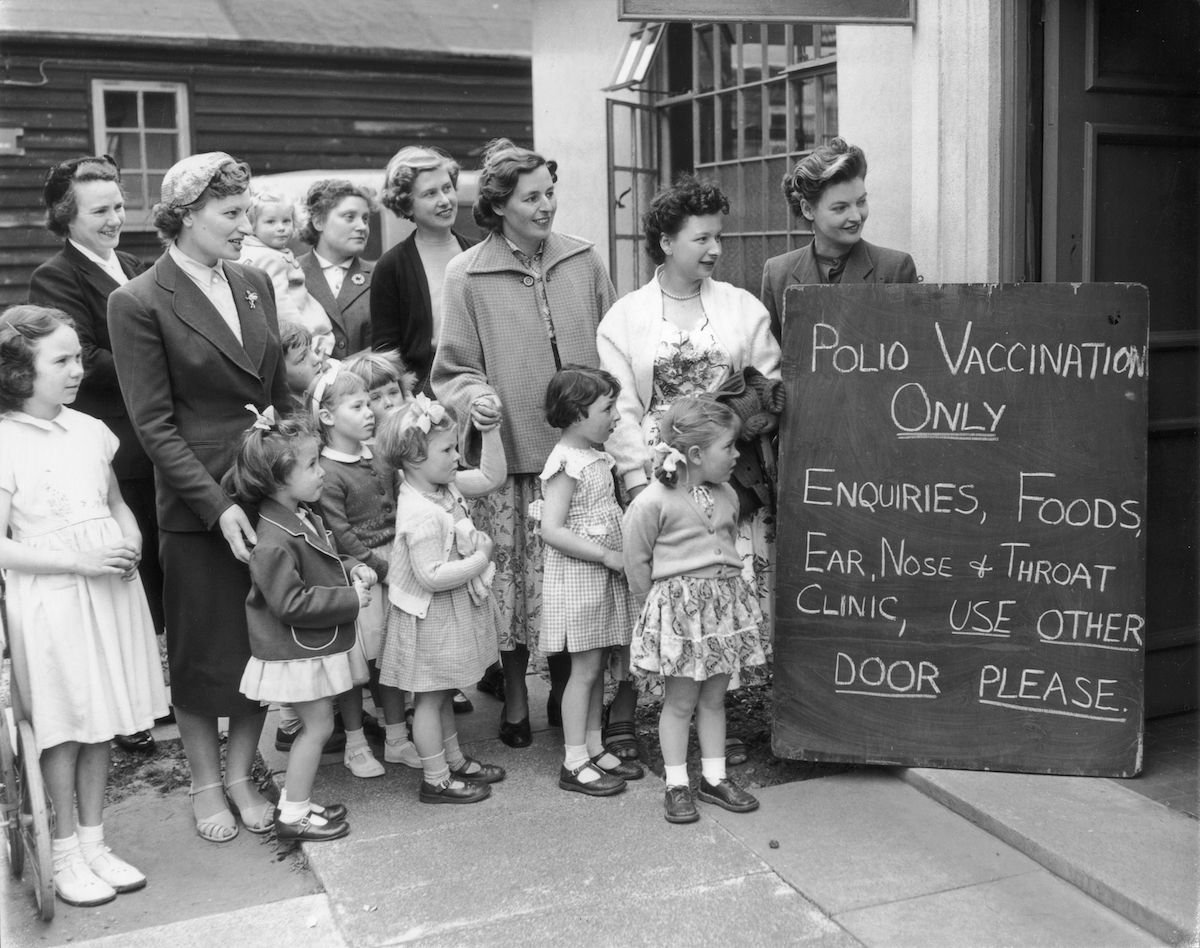
Where the myth comes from: In the 19th century, improved sanitation, nutrition and hygiene went long way toward combatting rampant viruses and bacteria. Some vaccine sceptics have taken this to mean diet and lifestyle are the only defenses we need.
The facts: Polio cases in the U.S. reached a peak in the early 1950s, well after good sanitation and nutrition had become standard—rich and poor children like contracted the illness, which only disappeared in 1979, a generation after the first polio vaccine strategy was introduced in 1955. And even the healthiest diet won't protect you from tetanus or measles.
8. Vaccines are just a way for doctors and pharmaceutical companies to make money.
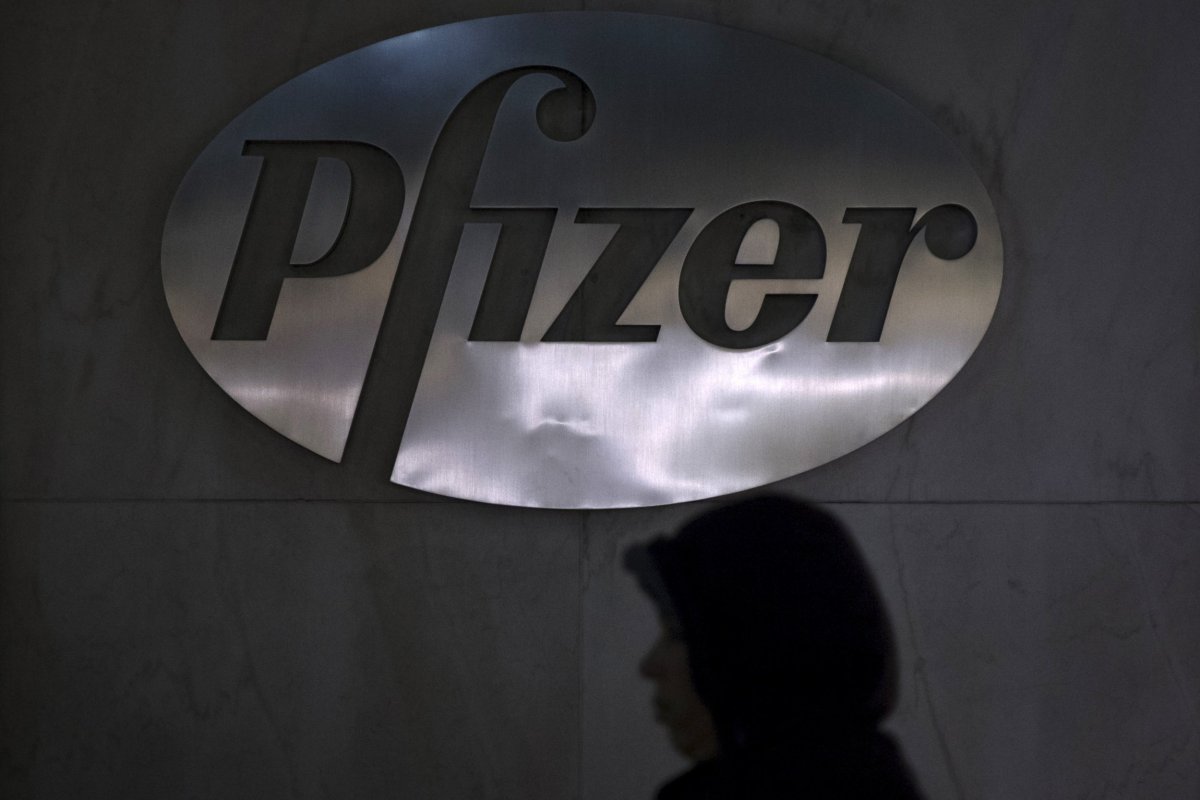
Where the myth comes from: The market for vaccines is rapidly growing, according to the WHO, tripling from $5 billion in 2000 to almost $24 billion in 2013. In 2016, drug giant Pfizer's best-selling product was Prevnar, a vaccine that prevents infections caused by the pneumococcus bacteria. This news fed into the popular theory that Big Pharma develops and pushes unnecessary or even harmful vaccines to make huge profits.
The facts: Drug companies do make money on vaccines but thet aren't particularly profitable—especially when compared to drugs used to treat a disease outbreak. Vaccines represent only about 3 percent of the total pharmaceutical market. The recent expansion of the vaccine market is really due to high-population, economically emerging countries like China implementing rigorous vaccination programs for the first time.
Of the top 15 American pharmaceutical money-makers of 2017, Prevnar was the only vaccine to make the list, at 12th place. Drugs treating chronic illnesses are far more lucrative. If anything vaccines are actually underutilized: A 2018 report from the Access to Medicine Foundation criticised Big Pharma for neglecting to develop an infants' vaccine for cholera.
And if the medical community wanted to make more money, they'd fight against vaccines: A 2008 measles outbreak in San Diego that began with an unvaccinated boy and led to 11 cases cost public health officials more than $124,00 to contain, according to a study published in the journal Pediatrics. In addition to the cost of treating each case, public health officials had to spend more than $37,000 to quarantine 48 children who were too young to be vaccinated.
And in 2011, the cost of combatting 16 measles outbreaks cost taxpayers between $2.7 million and $5.3 million: "Beyond the impact on local and state public health departments, responses to measles outbreaks also affect hospitals, clinics, as well as non-health public departments such as schools, universities and occasionally local police departments enforcing quarantines," the CDC reports. That's just what the public pays—measles infections frequently require hospitalization, and patient's medical bills can run into tens of thousands of dollars.
Meanwhile the CDC prices a single dose of the MMR vaccine at $21.05.
9. Vaccines aren't necessary
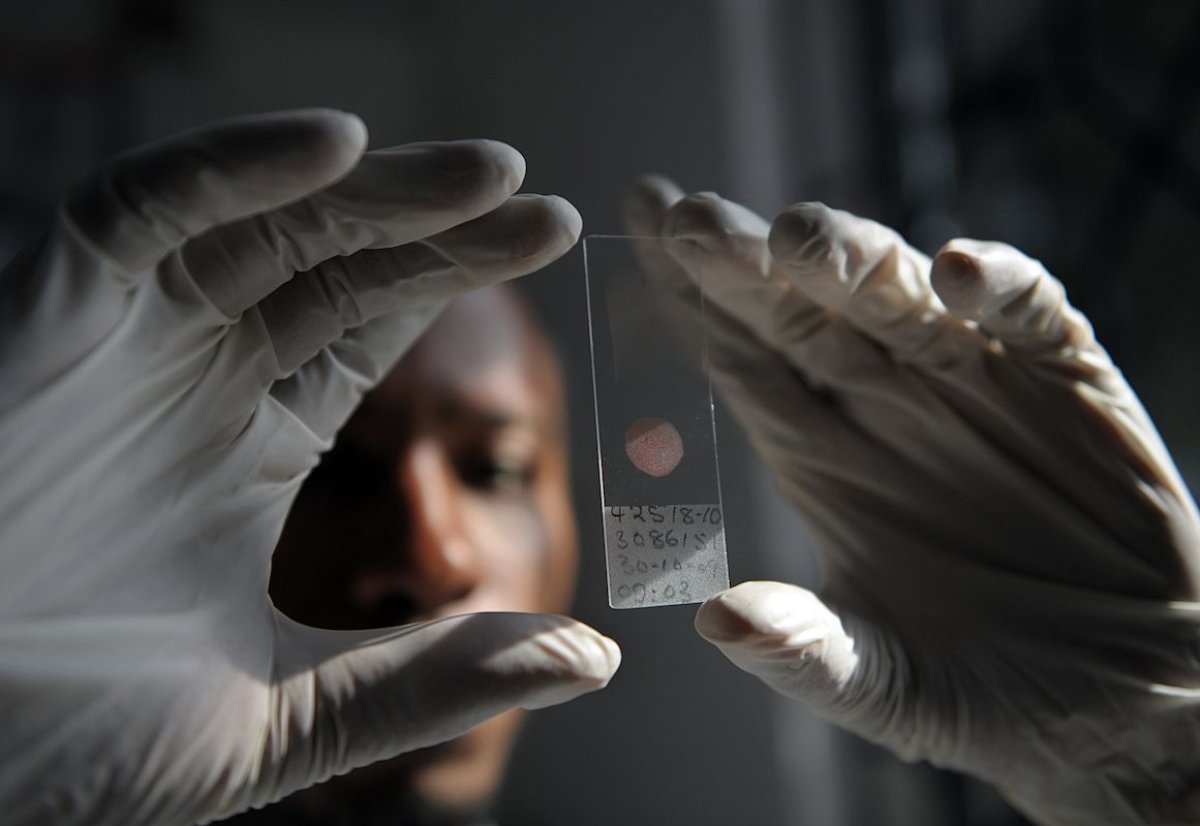
Where the myth comes from: Herd immunity—when enough of a group is vaccinated that a disease can't easily spread—keeps unvaccinated members of society protected. Vaccine sceptics claim this means they don't have to vaccinate their children.
The facts: Its because of dilligent vaccination programs that diseases like measles and polio are so rare: The U.S. saw more than 440,000 measles cases annually before the measles vaccine was implemented in 1963. By 1970, new infections shrunk to a tenth of that. In the past decade, measles infections have dwindled to between 55 and 667 a year.
But herd immunity requires adherance by an overwhelming majority: In a 2019 measles outbreak in Washington State, most of the 65 infected children were unvaccinated. In fact school records shows that only 76.5 percent of kindergartners in the county had all their shots—well below the 95 percent adherence required for herd immunity.
So far, herd immunity has been able to accommodate parents withholding vaccines from their children. But there is a tipping point: To achieve herd immunity for measles, at least 90 percent of the population must be vaccinated. (Between 1988 and 1990, 75 people in California died of the measles after an outbreak sparked by unvaccinated communities.) Polio, which is less contagious, still required 80-85 percent of a population to be vaccinated for herd immunity to work.
Uncommon Knowledge
Newsweek is committed to challenging conventional wisdom and finding connections in the search for common ground.
Newsweek is committed to challenging conventional wisdom and finding connections in the search for common ground.
About the writer
To read how Newsweek uses AI as a newsroom tool, Click here.








